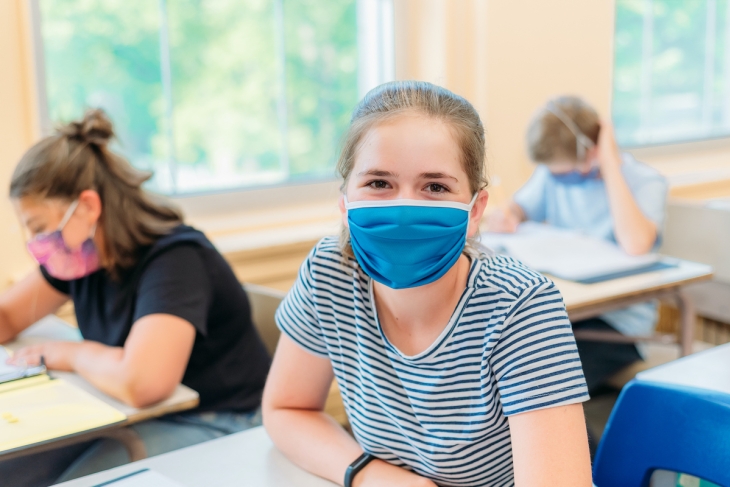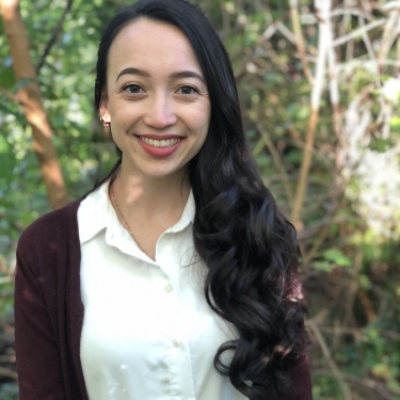The pandemic has left us in a world quite different from the one before. While we’re faced with plenty of new challenges, we also have the opportunity to test out creative solutions. One such idea is offered in a report from Nicholas Munyan-Penney and Charles Barone of Education Reform Now—high-dosage tutoring.
Learning gaps between low- and high-income students have long presented issues of equity in education. And now, as the authors point out, some families are hiring tutors to supplement their children’s online curricula. While these families are certainly within their right to do so, it could essentially mean—for students in poor-quality online programs or without access to technology—that some students will get schooling this semester and some will not. To remedy this, the authors suggest that schools implement high-dosage tutoring programs for students whose education will be “most negatively impacted by closures.”
Munyan-Penney and Barone propose that high-dosage tutors—sometimes referred to as individualized tutors—will instruct a group of two to three students daily in learning areas these students may be falling behind in. Tutoring groups would be determined by diagnostic assessments, a tool proposed by the authors in a previous brief to determine each student’s academic level at the start of the school year in order to target instruction. It’s worth noting that, while many states recommended diagnostic assessments in their reopening plans, no states recommended grouping students by ability, likely to avoid accusations of tracking.
The authors point out that some challenges created by Covid-19 may be remedied with high-dosage tutoring. They submit that tutoring may be a desirable option for college graduates, for example, whose unemployment rates are currently at around 14 percent. Tutors could also ensure students receive enough instruction time, as some districts grapple with teachers union negotiations. And finally, high-dosage tutoring can be implemented in person, online, or in a hybrid model; since groups are small, social distancing measures can be observed in person, and Zoom calls with three students are certainly much easier and more effective than those with twenty.
Lastly, the authors acknowledge the biggest challenges to implementing high-dosage tutoring are cost and time. Tutors can cost $3,000 or more per student, so it’s unlikely that districts will have the funds to implement this program, especially low-income districts, for whom it’d be most relevant. Hiring and training tutors, as well as assessing students and assigning them to groups, would have been challenging even at the time this brief was released in July, and now school has already begun for most, if not all, students. But this isn’t to say that high-dosage tutoring necessarily had to be implemented at the start of the school year. It could be implemented at any time, even next semester, and for some students, that would still be better than nothing.
One-on-one or small group tutoring has been shown to produce positive learning gains in students. What is unknown is how well these programs would scale up while maintaining a level of quality high enough to justify their cost. But while logistical issues would certainly arise, the implementation of high-dosage tutoring may be the creative solution for unprecedented times that schools need right now. And considering U.S. Secretary of Education Betsy DeVos’s announcement that federal testing will commence as usual this year, it’s even more important that schools find ways to support students who are falling behind—many of whom haven’t had any schooling since March. There’s been an array of proposed ideas such as this one to mitigate learning losses in students—and now it’s up to districts to take action.
SOURCE: Nicholas Munyan-Penney and Charles Barone, “Covid-19 Response: High Dosage Tutoring to Accelerate Student Learning,” Education Reform Now (July 2020).




